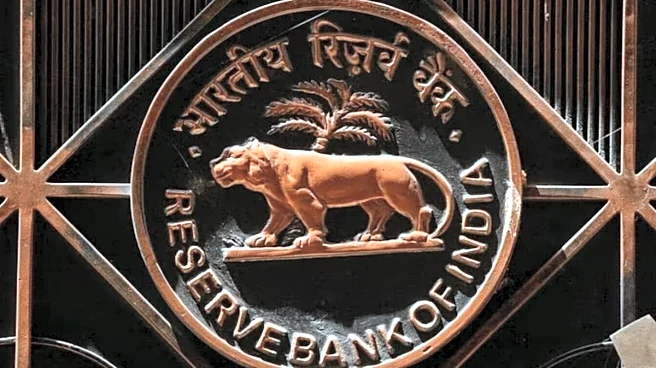
Moody’s Investors Service has reaffirmed India’s sovereign credit rating at Baa3 with a stable outlook, citing the country’s resilient economy, strong external position, and reliable domestic funding base.
The rating decision signals continued investor confidence in India’s ability to withstand global economic pressures, even as US President Donald Trump’s new trade tariffs and visa fee hikes spark concerns over external headwinds.Stable Rating Amid Global UncertaintyMoody’s decision to maintain India’s rating applies to both local- and foreign-currency issuer categories as well as the local-currency senior unsecured rating. The stable outlook highlights that India’s large and rapidly expanding economy, strong foreign exchange reserves, and dependable domestic financing channels are sufficient buffers against global shocks.“India’s credit strengths are balanced by long-standing fiscal weaknesses,” Moody’s noted. The agency warned that while strong GDP growth and gradual fiscal consolidation will slightly reduce India’s debt burden, it will not be enough to materially improve weak debt affordability, especially as fiscal policies supporting consumption could erode revenue collection.Trump’s Tariffs: A Near-Term Soft Blow, Long-Term RiskThe US has imposed tariffs of 50% on Indian exports, significantly higher than the 15–20% levies faced by other Asia-Pacific economies. According to Moody’s, these duties will have a limited immediate effect on India’s GDP growth, given its large domestic demand base.However, the agency cautioned that medium- to long-term risks remain, as the high tariffs could hinder India’s ambitions to expand into high-value manufacturing exports, a sector seen as critical for job creation and economic diversification.Moody’s expects negotiations to eventually lead to less punitive rates, while domestic market-focused foreign investments are likely to remain robust, cushioning the blow.H-1B Visa Fee Hike: Minimal Impact on Services ExportsTrump’s controversial move to raise H-1B visa fees to $100,000 per application has rattled the Indian IT and outsourcing industry. Yet Moody’s believes the measure will not significantly affect workers’ remittances or services exports, given India’s entrenched role in global IT services.“Risks of a sharp widening of India’s current account deficit remain limited,” Moody’s said, suggesting that India’s services sector retains strong competitive advantages despite policy shifts in Washington.S&P Offers Brighter Signal with UpgradeAdding to the optimism, S&P Global Ratings recently upgraded India’s sovereign rating to BBB, its first upgrade in 18 years. The move underscores global recognition of India’s fiscal improvements and strong growth momentum.S&P highlighted that India’s GDP growth, which averaged 8.8% between FY22 and FY24, leads the Asia-Pacific region. It projects growth of 6.8% annually over the next three years, supporting a gradual reduction in the debt-to-GDP ratio despite wide fiscal deficits.A BBB rating is considered investment-grade, signaling adequate capacity to meet financial obligations, though subject to adverse economic conditions. This upgrade follows a similar move by DBRS earlier this year, strengthening India’s credibility among global investors.What the Ratings Mean for India
- Moody’s Baa3: The lowest investment-grade rating, signaling moderate credit risk but continued eligibility for global institutional investments.
- S&P BBB: A notch higher than Moody’s, suggesting rising confidence in India’s economic trajectory.
- Stable Outlook: Reflects a balance between strong growth prospects and lingering concerns over fiscal deficits and high debt levels.



/images/ppid_59c68470-image-175911010940497656.webp)

/images/ppid_59c68470-image-175890503359925369.webp)
/images/ppid_59c68470-image-175889759622518640.webp)
/images/ppid_59c68470-image-175905253447490773.webp)
/images/ppid_a911dc6a-image-175890008070487813.webp)
/images/ppid_59c68470-image-175886515618075615.webp)
/images/ppid_59c68470-image-175887009682884440.webp)
/images/ppid_59c68470-image-175886752666715474.webp)
/images/ppid_59c68470-image-175886757671131278.webp)